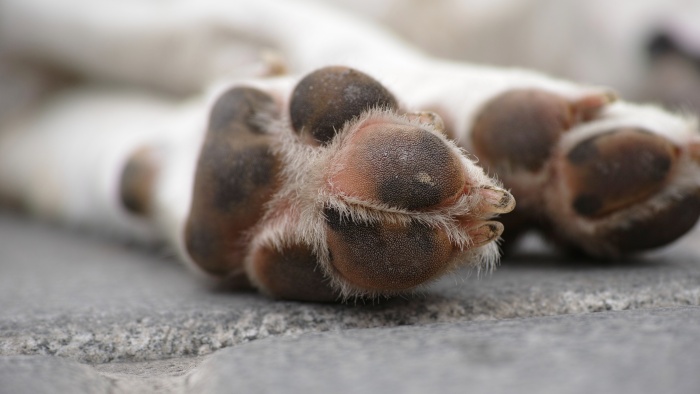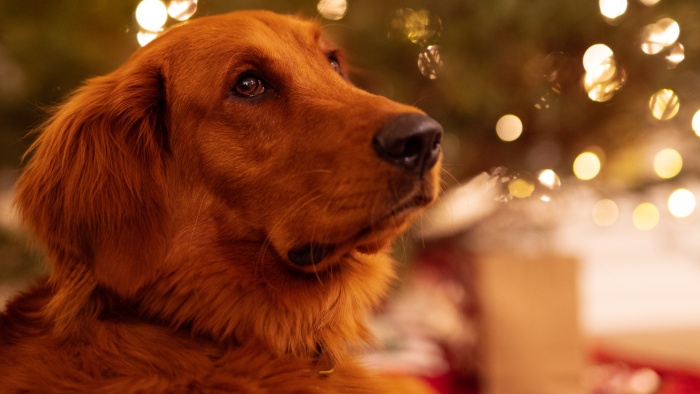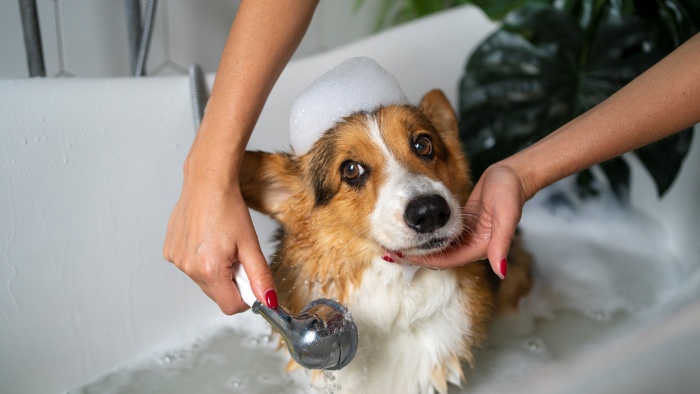Lick Granuloma Dog:How To Prevent It?

Is your dog constantly licking their paws or legs as though relishing a popsicle? Lick granuloma dog may be the hidden issue behind this.
While such behavior might seem harmless, it can indicate a deeper concern. Persistent paw and leg licking in dogs can lead to significant problems, especially when they lick to the point of their skin turning raw and sore. This condition, known as a lick granuloma, should be taken seriously. Fortunately, it’s a treatable ailment, offering a chance to provide your furry friend with some much-deserved comfort.
What is lick granuloma?
A lick granuloma, also known as acral lick dermatitis, is a skin disorder that arises from your dog’s emotional distress. This distress might stem from stress, anxiety, or boredom. When dogs are stressed, they repetitively lick a specific skin area until it becomes raw, leading to a lesion that is red, irritated, hairless, and possibly infected. The size and severity of lick granulomas can vary based on the duration of licking.

Commonly found on your dog’s paws and legs, lick granulomas require your attention. Regularly check your dog’s fur and paws for signs of irritation or infection.
The reasons behind lick granulomas
Lick granulomas are often a manifestation of underlying psychological issues triggered by stress, anxiety, separation anxiety, compulsive behavior, or boredom.
Veterinary experts note that licking releases endorphins, providing temporary relief to stressed dogs. This leads to excessive licking behavior.
Other causes include bacterial or fungal infections, trauma, allergies, hot spots, joint diseases, or reactions to insect bites.
Are some dogs more prone?
Dogs that are physically active but left alone for extended periods are at a higher risk of developing lick granulomas. Similarly, dogs with arthritis or mobility issues may also engage in excessive grooming, leading to licking granulomas.
Certain breeds, including Golden Retrievers, Boxers, Irish Setters, Labrador Retrievers, Great Danes, and Dobermans, are more susceptible. Larger breeds over five years old are particularly prone to this condition.

Effective treatment methods
Lick granulomas are treatable. Treatment typically targets inflammation, infection, and psychological factors. Identifying the underlying reason for your dog’s compulsive licking is crucial.
Environmental changes can alleviate psychological distress in dogs. Antibiotics or anti-lick creams offer temporary relief. Protective wraps and hock socks can also safeguard your dog’s paws and legs.
Long-term solutions and products
Wondering how to tackle your dog’s lick granulomas in the long run? Dogleggs offers a range of products for your dog’s recovery. A front-leg wrap prevents further licking of sore areas, avoiding exacerbation of the condition. An adjustable harness can also stop your dog from licking its legs and paws.
Daily care and precautions
- Regular Bathing: Bathe your dog regularly using a gentle, dog-specific shampoo to keep their skin clean and healthy. Avoid over-bathing as it can dry out their skin.
- Skin Checks: Routinely inspect your dog’s skin for any abnormalities, focusing on areas they frequently lick. Look for signs of redness, swelling, or sores.
- Flea and Tick Prevention: Maintain a consistent flea and tick prevention regimen. These parasites can cause itching and discomfort, leading to excessive licking.
- Healthy Diet: Feed your dog a balanced diet rich in essential nutrients to promote healthy skin and coat. Consult with your vet for dietary recommendations specific to your dog’s needs.
- Hydration: Ensure your dog has constant access to fresh water to keep their skin hydrated.
- Mental Stimulation: Engage your dog in regular mental and physical activities to prevent boredom, a common cause of compulsive licking.
- Stress Reduction: Create a calm environment for your dog. If your dog shows signs of anxiety or stress, consider behavioral training or consult a veterinarian for advice.
- Regular Grooming: Regular grooming helps to identify any skin issues early and keeps your dog’s coat in good condition. This includes brushing, nail trimming, and ear cleaning.
- Avoid Irritants: Be mindful of environmental irritants like harsh chemicals or allergens that might aggravate your dog’s skin.
- Veterinary Checkups: Regular veterinary checkups are crucial for early detection and treatment of skin conditions, including lick granulomas.

Conclusion
In conclusion, a lick granuloma dog is a condition that requires attentive care and understanding. The compulsive licking resulting in granulomas is more than a simple habit; it’s often a sign of underlying psychological or physical distress.
By addressing both the symptoms and root causes – whether they be stress, boredom, allergies, or infections – you can effectively manage and treat this condition.
Remember, regular check-ups, a soothing environment, proper grooming, and a healthy lifestyle are key in preventing lick granulomas. Your commitment to your dog’s overall well-being is essential in ensuring they lead a happy, comfortable life, free from the discomfort of lick granulomas.

